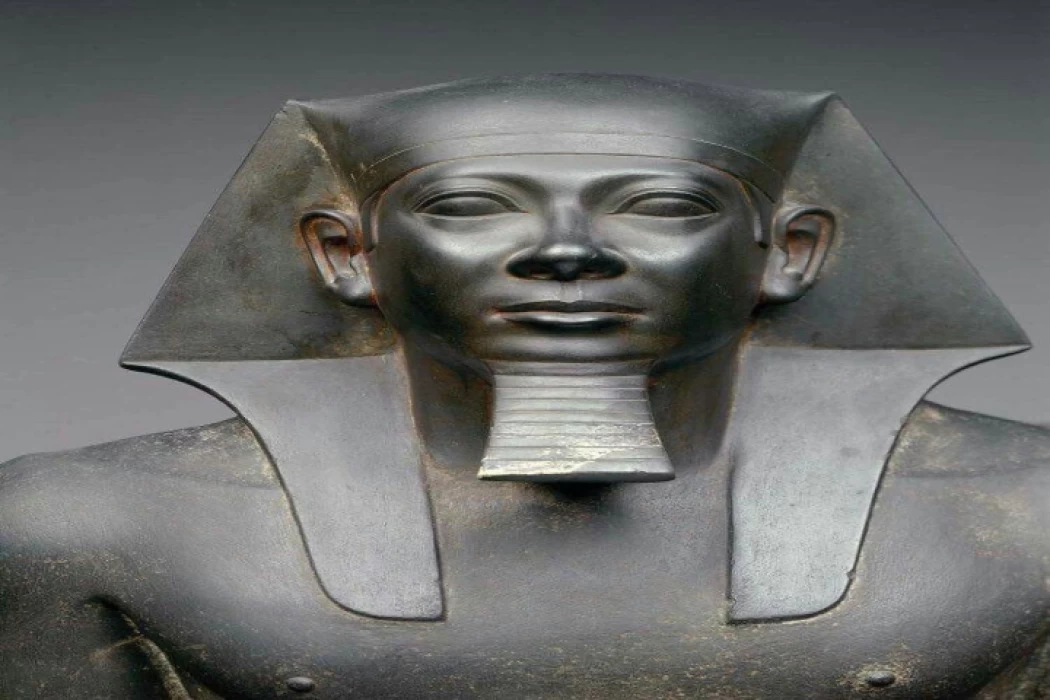- Home
-
Egypt Day Tours
- Cairo Day Tours
- Luxor Day Tours
- Aswan Day Tours
- Sharm El Sheikh excursions
- Hurghada Day tours
- Dahab Day Tours
- Taba Day Tours
- Marsa Alam Day Tours
- Cairo Day Tours from Airport
- Cairo Half Day Tours
- Cairo Overnight Tours packages
- Cheap Giza Pyramids budget Tours
- Egypt Wheelchair Accessible Day Tours
- Cairo Cheap Budget Tours
- Alexandria day tours
- Nuweiba excursiones
- El Gouna Day Tours
- Port Ghalib Day Tours
- Soma Bay Excursions
- Makadi Bay Excursions
-
Egypt Travel Packages
- Egypt Desert Safari Tours
- Egypt Classic Tours
- Egypt Christmas Tours
- Egypt Easter Tours
- Egypt Luxury Tours
- Egypt Nile Cruise Tours
- Egypt Holidays Hot Offers
- Egypt Tour Itineraries
- Cairo Short Breaks packages
- Egypt Wheelchair Accessible Tours
- Honeymoon Tour Packages
- Egypt Cheap Budget Tours
- Egypt group tour packages
- Egypt Luxury Small Group Tours
- Egypt Family Tours
- Egypt and Holy Land Tours
- Egypt Shore Excursions
Latest Articles
-
![Atlas Studios Atlas Studios]()
Atlas Studios
Atlas Studios, also known as Film City, is a well-known film studio in Morocco. It has been used as a filming location for many international movies and TV shows.
-
![Rabat Rabat]()
Rabat
Rabat is the capital city of Morocco, located on the country's Atlantic coastline. It is situated across the Bouregreg River from the city of Salé and forms the Rabat-Salé urban area. With a rich history dating back to the Roman era, Rabat is known for its blend of modernity and traditional Moroccan architecture.
-
![Erfoud Erfoud]()
Erfoud
Erfoud is a city located in eastern Morocco, known as the gateway to the Sahara Desert. It is a popular destination for travelers seeking to explore the stunning desert landscapes and experience the unique culture and hospitality of the region. Erfoud offers opportunities for camel trekking, visits to the nearby Merzouga Dunes, and exploring the local markets and traditional crafts.
-
![Merzouga Dunes Merzouga Dunes]()
Merzouga Dunes
The Erg Chebbi Dunes, also known as the Merzouga Dunes, are a stunning natural wonder located in southeastern Morocco. These majestic dunes stretch as far as the eye can see, with some reaching heights of up to 150 meters. The Erg Chebbi Dunes are a popular destination for travelers looking to experience the beauty of the Sahara Desert.
-
![Khenifiss National Park Khenifiss National Park]()
Khenifiss National Park
Explore the beauty of Morocco's natural reserve at Khenifiss National Park. Located in the southwestern part of the country, this park is home to diverse wildlife and stunning landscapes. Visitors can enjoy hiking, birdwatching, and exploring the unique ecosystems found in the park.
-
![Ouzoud Waterfalls Ouzoud Waterfalls]()
Ouzoud Waterfalls
The Ouzoud Waterfalls, located in the Atlas Mountains of Morocco, are a stunning natural wonder and a popular tourist destination. The falls cascade over a series of rocky cliffs, creating a breathtaking sight and a refreshing mist in the air. Visitors can hike down to the base of the falls, passing by olive groves and encountering local Barbary macaque monkeys along the way.

King Menkaure | Mycerinus Pyramid
In the Egyptian language, the Pyramid of Menkaure was known as "Netjer-er-Menkaure", or "Menkaure is divine". and this goes back to the king for whom this pyramid was built to be used as a tomb for the afterlife.
He is the builder of the third greatest pyramid in Giza Necropolis which ended a great era of architectural magnificence, the Pharaoh is considered to be the son of King Chephren and Queen Khamernebti I. He got married young to his sister, who had become the future queen Khamernebti II, she bore him a son called Khunre, who probably died at a very young stage.
King Mycerinus married two other wives, but none of their names are known to historians. He had a son from one of these wives, they named the young prince Shepseskaf, who succeeded his father on the throne of Egypt, and he had a daughter from the other one, Khentkaus I, who may later have married Userkaf, the first king of the 5th Dynasty.
Best Works of King Mycerinus:
Contrary to Cheops and Chephren, Mycerinus was later seen as a generous and wise king. This may have been caused by the fact that his pyramid, built next to the pyramids of Cheops and Chephren at Giza, was slightly less than half the size of these two great pyramids.
If it is true that we have not received any explanation that indicates the reasons for such a sudden and noticeable decrease, there are nevertheless possible reasons. For example, we can guess that since most of the real craftsmen were busy building temples and sculpting statues, Mycerinus' resources were now reduced to the bone; moreover, the construction of five great pyramids during the previous four kingdoms had certainly emptied the royal treasuries.
It is also possible that Mycerinus has not felt the need for a pyramid of colossal dimensions at all. A change in theological conceptions related to death could have meant that funerary temples were considered more important than the actual tomb, and in fact, the funeral temple of Mycerinus is relatively large compared to its pyramid, it could simply be that the plateau of Giza began to be overcrowded or perhaps that the pharaoh, doubting his survival, had decided to be cautious.
The pyramid of Mycerinus as you can see on the tour to Giza Pyramids was not completed when Mycerinus died and was only partially completed by his successor, Shepseskaf. The upper part was finished in the now traditional fine limestone from Turah, but 16 courses at the bottom were left undressed. This may show, at least for the pyramid of Mycerinus, that the outer casing was laid from top to bottom, probably while removing the ramp that was used to haul the heavy blocks of red granite to the top.
Cairo Top Tours will help you visit the three pyramids, including the pyramid of Pharaoh Menkaure, which is the smallest pyramid, the pyramid of King Khufu, which is one of the Seven Wonders of the World, and the pyramid of Pharaoh Menkaure, which is the middle pyramid. You will have the chance to see the Great Sphinx which in the past was the guardian of the tombs. We will also not forget the tour guide, who will help you learn about the history of Egypt and its civilizations and the most famous customs and traditions of the ancient Egyptians. In addition, our representative will help you take unforgettable pictures.
Egypt Tours FAQ
Read top Egypt tours FAQs
King Menkaure, also known as Mycerinus, was a Pharaoh of Egypt who ruled during the Old Kingdom period, specifically during the 26th century BC. Here are some details about King Menkaure and his contributions to ancient Egypt:
Reign: King Menkaure's reign is estimated to have lasted for about 18 to 28 years, although precise dates are still a subject of scholarly debate.
Pyramid Construction: Menkaure is most famous for commissioning the construction of the third and smallest of the Giza Pyramids, which bears his name, the Pyramid of Menkaure. It is believed that this pyramid was built toward the end of his reign.
Pyramid Complex: The Pyramid of Menkaure was part of a larger complex that included a mortuary temple, a valley temple, and several smaller pyramids for family members and officials. These structures were dedicated to the Pharaoh's funerary cult and served as places for offering rituals.
Triads: Menkaure's pyramid complex is also known for the triads of statues found within. These triads typically depict the Pharaoh alongside deities, emphasizing his divine role and his connection to the gods.
Legacy: While Menkaure's pyramid is smaller in scale compared to the Great Pyramids of Khufu and Khafre, it still represents a significant architectural achievement. His reign is seen as a period of relative stability and prosperity in ancient Egypt.
Stele of Menkaure: A notable artifact associated with King Menkaure is the "Stele of Menkaure." It is a small stone tablet with an inscription that mentions the construction of his pyramid and his dedication to the god Hathor.
Continued Worship: Like many Pharaohs of ancient Egypt, Menkaure was revered, and his cult continued long after his death. This demonstrates the enduring impact of his rule on Egyptian society.
Cairo Top Tours Partners
Check out our partners




Copyright © 2024,SeoEra & Cairo Top Tours

-webp.webp)
-(1)-webp.webp)
-webp.webp)
-webp.webp)
-webp.webp)
-(1)-webp.webp)